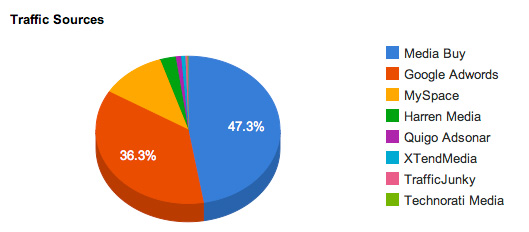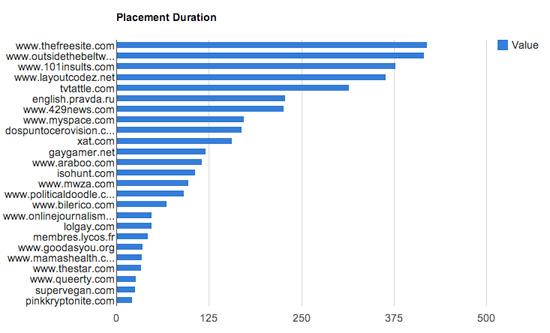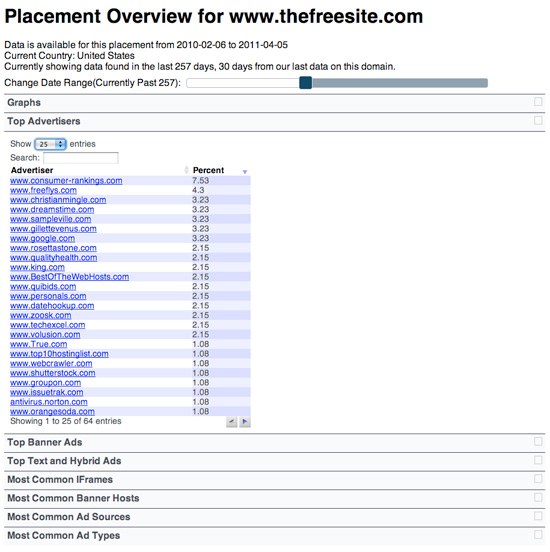How To Avoid Affiliate Marketing’s Black Hole Days
How many affiliates have dared to count the minutes wasted in an average day? We’ve all experienced the hours spent waiting on ad approvals, offer activations, replies from overloaded account managers and the tedious matter of data accumulation.
A huge percentage of our working day is spent playing the waiting game. It’s one of the reasons the many Internet Marketing forums maintain such active communities, and why blogs such as mine retain a readership. Most of you are waiting for something to happen.
Black Hole Days, as I like to call them, are those where our productivity is stamped in to the ground. Where our goals are left at the mercy of somebody on the other side of the world deciding that an email or campaign is important enough to address. Such days are, thankfully, perfectly avoidable. But you’ll need to bagsy a lot of self-discipline along the way.
One of the many reasons that convinced me to move my efforts from SEO to paid traffic campaigns was the time that it took to see results. SEO is a messy business, full of relative variables, and a lot of donkey work. It’s easy to spend your 9-5 staying busy when there are more links to be had, and more articles to be written.
However, buying traffic and setting up arbitrage affiliate campaigns is something that can be achieved in the space of a morning. It can be done at a leisurely pace in your local coffee shop, so long as you find the seat where your fucked up dating imagery is shielded from the public eye.
It’s this lackadaisical approach to work that appealed to me while I was still in full-time employment. Yet, what they don’t tell you about making the jump from part-time to full-time affiliate is that nothing changes. Absolutely nothing.
The tasks simply expand to take up more of your time, and so you spunk more and more bandwidth on the chore of refreshing stats. Most of your work can be ticked off in two hours if you truly buckle down.
A lot of people ask me how I find time to blog regularly given the vast number of campaigns I seem to be running. Well, for one, the number of campaigns is probably much smaller than you think. And secondly, what else am I going to do? It takes 20 minutes to set up a campaign, and 2 minutes to check whether it’s a resounding success.
If we push ourselves, we can burn extra energy sending emails back and forth to various affiliate managers. For shits and giggles, you could always apply to one of these ‘2012-era’ offers that requires all ad copy, images and landing pages to be approved. Those are my favourites. They should come with a health warning.
“Requires overnight planning. Likely to cause stroke and seismic mind-fuck in typical affiliate.”
The truth is that blogging is one of my preferred methods of filling the Black Hole Days. When my campaigns are ‘in transit’, or waiting to accumulate data, I prefer to be proactive rather than bouncing off the walls on AIM.
If you don’t want to blog (and let’s face it, most people shouldn’t), I recommend that you keep two or three books by your desk, ideally on completely unrelated subjects. I set myself the target of writing 10 pages a day, and reading 100 pages. To the uninitiated, that may seem a little extreme, but it feeds me a steady stream of new inspiration and ideas. The writing, additionally, is a profitable side income.
Slowly over the months, I’ve learnt to embrace the idea of using time spent waiting on campaigns to plunge in to research and papers that I’m completely unfamiliar with. If you’re not striving to learn out of your comfort zone, you’re never going to match the diversity of knowledge that comes from working in a formal job.
Reading and writing are both nice ways of spending time productively, but perhaps the most important step you can take is to commit to a project that involves more than traditional CPA arbitrage. Ever since I took up this job, I’ve been looking for ways to establish a legitimate business that places me as more than just a middleman.
It’s a controversial subject for affiliates, amplified by the Affiliate Marketing is Dead extremist views.
I don’t believe affiliate marketing is dead. As a regulated industry, I think it’s only just starting to flourish. Strip away the bullshit stereotypes of how we make our money and you are left with one word that is not going out of fashion anytime soon – commission. My balls will perish long before commission.
However, if you spend two or three years in full-time affiliate marketing, you will eventually find that the waiting game begins to grate. You turn resentful of those Black Hole Days and gain an increasingly fine appetite for the power of running your own ship. It’s lucrative to be a middleman, but with so much time on our hands, it’s only logical that we take measures to develop a permanent business that is ours.
Recommended This Week
I hear Mr. Green has just released a brand new version of his Plentyoffish uploader kit. Sign up at the StackThatMoney Forum if you want it, along with a whole shebang of other free tools, plus a great community to receive professional treatment for your affiliate concerns.
If you need a helping hand making this affiliate thing work, Premium Posts Volume 2 splurges over 70 pages of my tips, techniques and strategies for conquering Facebook. Reviews so far have generally been that the Posts are better than sex, so please do check them out.
If you’re a new reader, please add me to your RSS. Also follow me on Twitter. Thanks for reading.





"ou turn resentful of those Black Hole Days and gain an increasingly fine appetite for the power of running your…